Come over to the dark mode - where your emails disappear.
Dark mode, a display setting for user interfaces that presents light text on a dark background.
According to a 2020 survey by UX Design, approximately 88.6% of people prefer using dark mode on their devices. While it's popular for reducing eye strain and saving battery life, it presents unique challenges for email marketers.
Common Problems with Dark Mode Compatibility
When emails aren't designed with dark mode in mind, text can disappear or become unreadable, and images may look out of place, affecting the overall aesthetic and professional appearance. Here are some frequent mistakes marketers make:
Inconsistent Appearance: Emails that look great in standard mode can transform drastically in dark mode, confusing the message and disorienting the reader.
Readability Issues: Light text that switches to dark in dark mode can become illegible if the background doesn’t adjust appropriately.
Image Reliance: Over-reliance on images without considering how these will render in different themes can lead to important information being missed if images do not display correctly.
Why Image-Only Emails Aren’t the Answer
Many small brands, noticing that some large brands successfully use image-only emails, may be tempted to adopt this approach. However, this strategy can backfire for brands without strong domain authority or a dedicated follower base. In our experience, smaller brands using this tactic often experience dismal engagement metrics, with click rates sometimes under 0.5% and open rates below 20%. Such numbers are far below the healthy standards of 1.5% click rate and 30% open rate we’d expect for our clients.
So am I damned if I do and damned if I don't?
Not exactly. While there’s no ideal “one size fits all solution”, there are steps you can take (or avoid) to ensure good deliverability AND readability, regardless of your mailing list’s preferences:
Dual-Mode Design: Create emails that are compatible with both light and dark modes. This includes thinking about light vs dark vs transparent background for images (depending on the design) and ensuring text is visible against both light and dark backgrounds.
Images need to be considered individually as depending if they are dark or light, different principles might be applied to make them visible. This may include e.g. adding an outline on transparent background of dark visuals or considering which background will make images visible but not looking as they are misplaced.
Minimal Image Reliance: Instead of relying solely on images, use a mix of text and visuals. Ensure that key information is conveyed through text, which is more likely to be consistently displayed.
Text in the text field: Don’t embed dark text into transparent images as these will become illegible. Instead stick to your text living in HTML fields.
Testing and Tools: Utilize email design tools that offer previews in both modes. Regular testing on different platforms and devices can help catch issues before emails go out.
Engagement Practices: Focus on building engagement through content relevance and quality rather than overwhelming visuals. Engaging subject lines and personalized content can help improve open and click rates.
By embracing adaptive design strategies and focusing on content over visuals, you can ensure that your messages shine in every inbox, regardless of the user's preferred theme.

